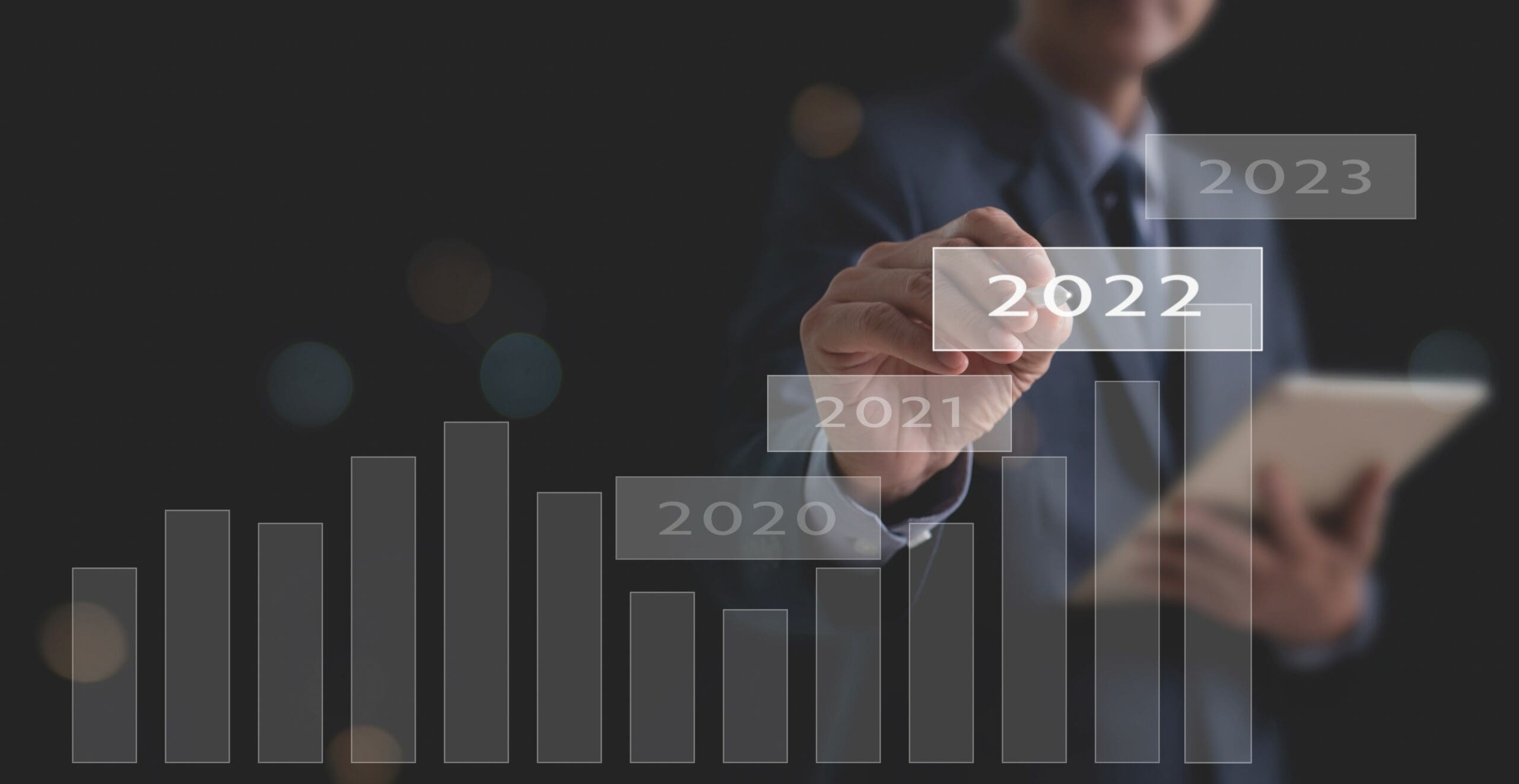In recent months there has been a lot of talk by politicians about the Doherty modelling and the Burnet modelling in relation to COVID-19. What are they and how have they helped during the pandemic?
Doherty Institute modelling
A few months ago, the Australian Federal Government asked the Doherty Institute to investigate what percentage of the eligible population, which at that time was people aged 16 and over, that would need to be vaccinated to begin to reopen the country.
The modelling provides the data behind the vaccine targets set by the National Cabinet to start moving towards a world that looks closer to life pre-COVID. It considered a wide range of factors, including that outbreaks are now predominantly of the Delta variant and what other public health measures may need to remain.
The main idea behind the modelling (and the targets) is to estimate at what point enough people will be protected from getting sick or dying of COVID-19 that it won’t pose too great a burden on our health system.
The modelling canvasses many different scenarios and how these could or would change how many people end up in hospital or die from COVID-19.
The main takeaways are that when 70 per cent of adults over 16 are fully vaccinated, restrictions can begin to ease, and then when we get to 80 per cent, they can ease even further (such as international travel and no large-scale lockdowns).
All state and territory leaders signed up for this approach at National Cabinet.
For more information visit https://www.doherty.edu.au/
Burnet Institute modelling
As control measures are relaxed across Australia, it is vital that governments have high quality, precise information about the likely impact of relaxing various control measures, and the time required to monitor the impact of relaxing these measures. It is also important to understand the likely impact of interventions on reducing transmission in the community.
The Burnet Institute and the Institute for Disease Modelling in the USA developed a unique individual-based COVID-19 model (COVASIM) that can assess the impact and risk associated with relaxing various physical distancing policies on the resurgence of COVID-19.
The modelling by the Burnet Institute has informed both the NSW and Victorian COVID responses.
The model was used to simulate options for easing restrictions and inputs included data on demographics, contact networks, workforce composition, contact tracing systems and age-specific vaccination rates. As well as options for easing restrictions, additional policies around vaccine allocation and testing were examined to determine potential approaches to further reduce the epidemic peak.
Scenarios were run to estimate the number of COVID-19 infections, hospitalisations and ICU requirements during a specific period.
The Burnet model is more conservative than the Doherty model and suggests greater levels of risk of large surges.
For more information visit https://www.burnet.edu.au/





